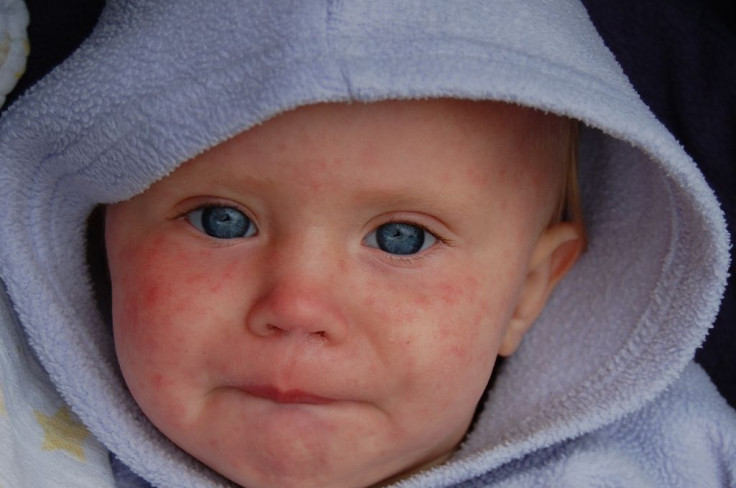Measles Cases Reach Highest Levels In 18 Years, Due In Part To Doctors' Inexperience With Once-Eradicated Virus

In 2000, the Centers for Disease Control and Prevention declared measles eliminated from the United States. Recently, however, the disease has come back with a bang, and the current measles outbreak is the worst to hit the U.S. in nearly 20 years. Since Jan. 1, there have been 129 recorded cases of the measles nationwide. Factors such as lack of immunization and increase in international travel are said to have contributed to the high number of cases. Experts believe that measles' recent eradication may be fuelling this current outbreak. In an ironic turn of events, the measles outbreak may be spreading due to medical workers' failure to recognize the disease quickly enough to quarantine patients.
A new report from the CDC has reported that more people have been infected with measles in the U.S. during the first four months of this year than the number of people who have been infected in the first four months of the past 18 years. California has the highest rate of measles, with 58 reported cases from Jan. 1 to April 14. This is in comparison to an average of nine cases for the same time period in every state over the past 13 years.
Due to the virus’s recent eradication, there are many doctors who have never seen a case of measles and are not able to diagnose it as easily, according to a recent article in The New York Times. “Because of the success of the measles vaccine, many clinicians have never seen measles and may not be able to recognize its features,” Dr. Julia Sammons wrote in a commentary published in Annals of Internal Medicine. New York Presbyterian Hospital/Columbia University Medical Center have even had to send an email to staff attached with graphic photographs of measles patients and detailed instructions on how to diagnose the virus.
In California, the specifically high measles rate may also be due to the high numbers of travelers returning from the Philippines. The Philippines is currently experiencing an extremely large measles outbreak and so far has 20,000 confirmed and suspected cases. Visitors may have brought the virus back to the United States because they are either too young to be vaccinated or have purposely remained unvaccinated.
Measles is a respiratory disease caused by an especially contagious virus. It is airborne and spread by breathing, coughing, or sneezing, according to data released by the CDC. Symptoms of the measles are fever, runny nose, cough, and rash all over the body. In rare cases it can lead to pneumonia and brain infections, which can be fatal. The last death from measles was reported in 2005; however, Dr. Anne Schuchat, director of the CDC’s National Center for Immunization and Respiratory Diseases believes that more people may die from the virus in upcoming months. “Unfortunately, it’s probably just a matter of time,” Schuchat explained to CNN.
The CDC advises keeping measles vaccinations up to date, as this is the most important way to quell the outbreak. It also recommends that all U.S. residents born after 1957 ensure that they are still immune to measles, or receive a new MMR vaccination. This is especially important if they expect to travel internationally.
Published by Medicaldaily.com



























